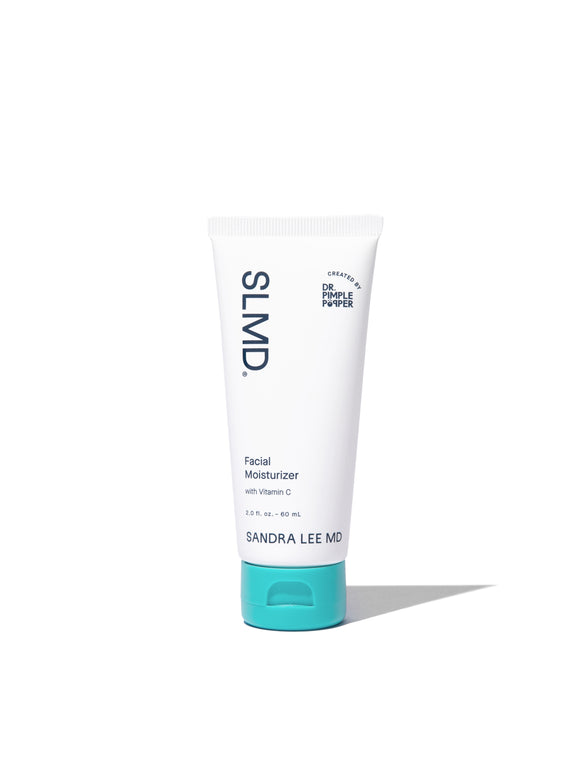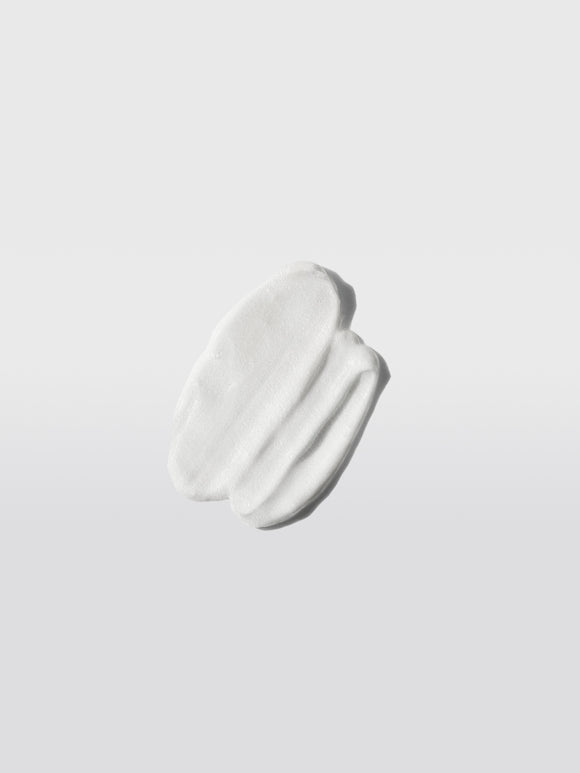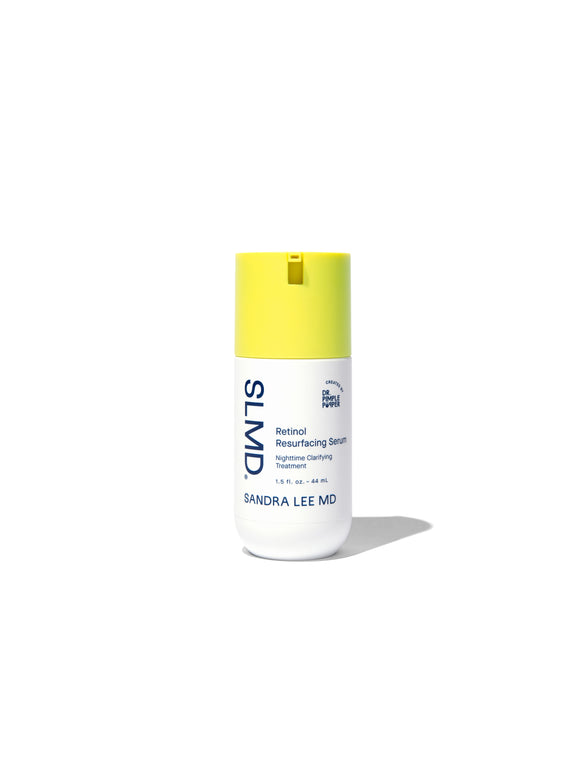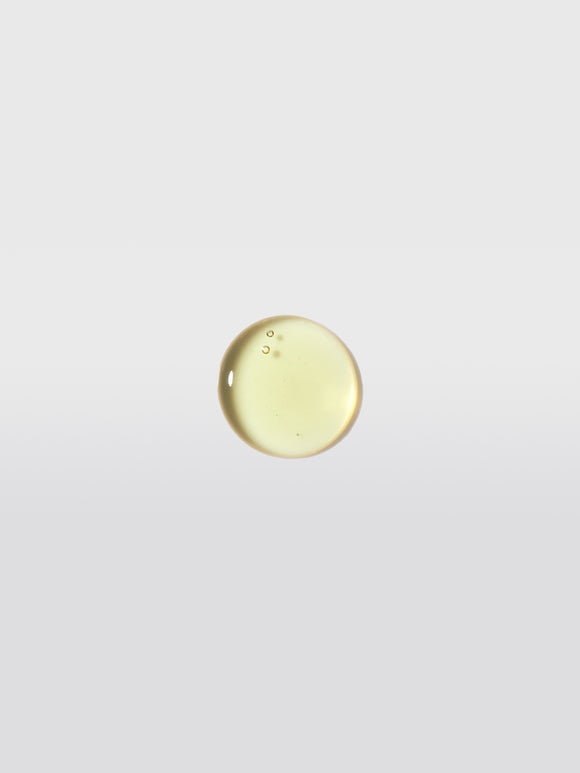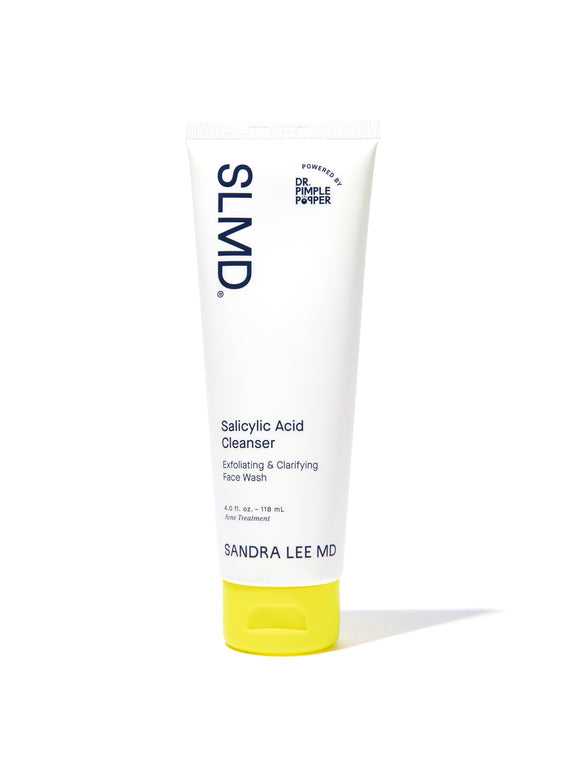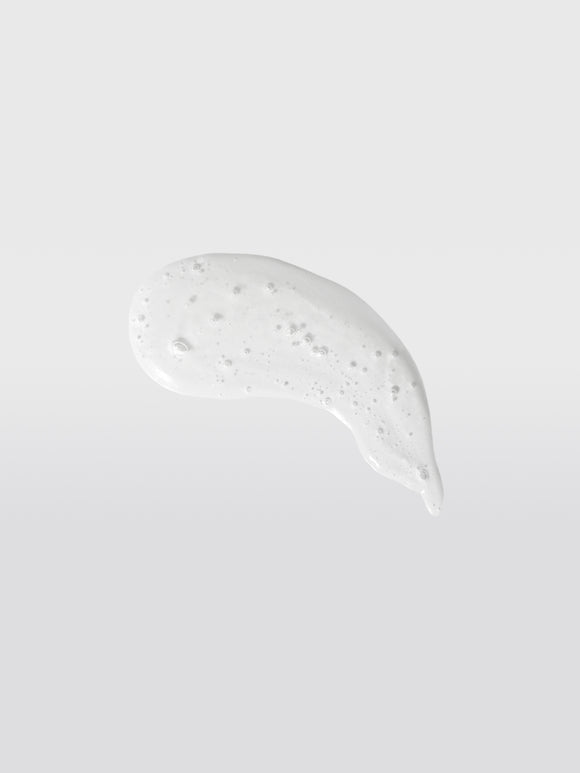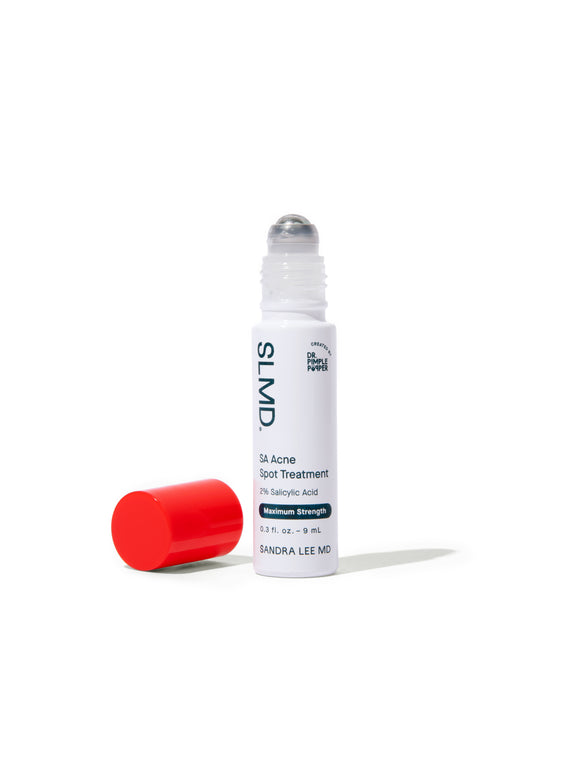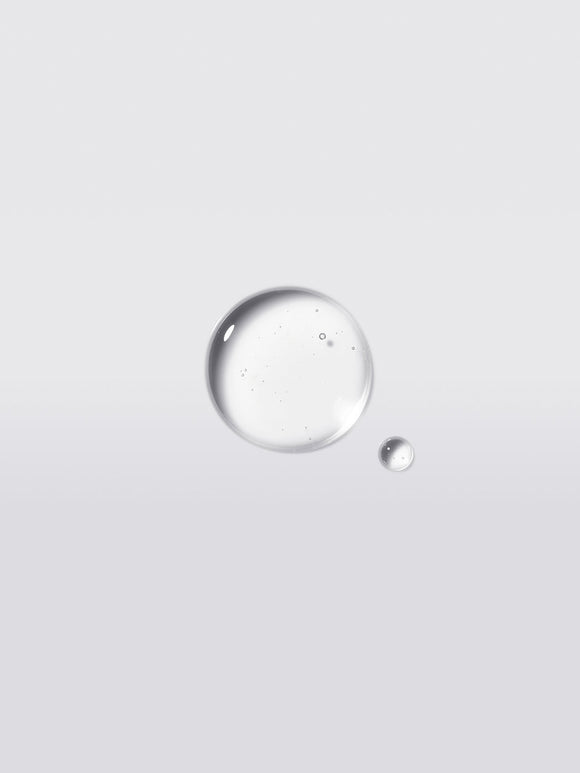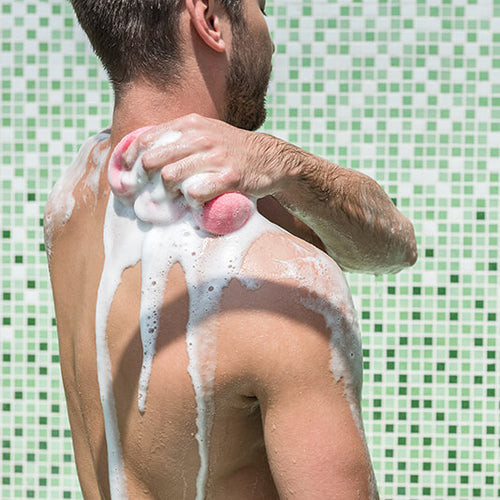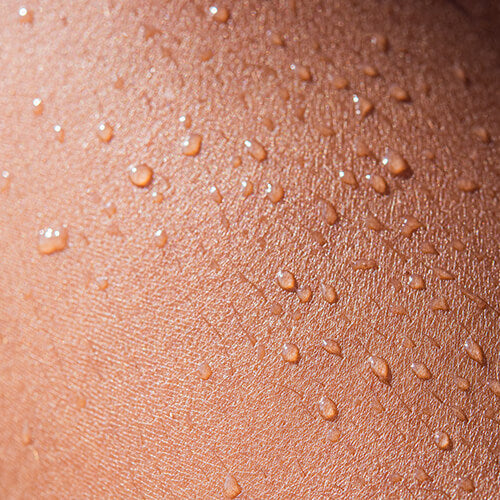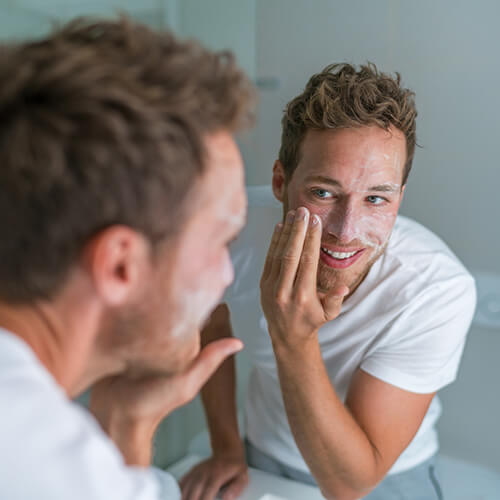
How Often Should You Exfoliate?
When it comes to exfoliating, there’s no shortage of online, “expert” advice: some smart, some downright misleading. For the straight truth about how often you should exfoliate, we went right to the top: our founder, board certified dermatologist Dr. Sandra Lee (aka Dr. Pimple Popper).Published:
5 minute read
When it comes to exfoliating, there’s no shortage of online, “expert” advice. And with good reason: while sloughing off layers of dead skin has its benefits, over-exfoliating is also one of the most common skincare mistakes around.
Online direction ranges from the harshly definitive: no more than three times weekly, to the completely arbitrary: switch it up depending on your mood. For the straight truth about how often you should exfoliate, we went right to the top: our founder, board certified dermatologist Dr. Sandra Lee (aka Dr. Pimple Popper).
Article Quick Links
How do exfoliants work?
An exfoliant is an ingredient that helps remove dead cells from the skin’s surface. While your skin sheds dead cells naturally (to the tune of around a million cells a day), this process slows as we age, and when skin isn’t functioning optimally.
Let’s be clear: your skin already knows how to exfoliate. But Dr. Lee says that giving it the occasional boost has a host of benefits (more on that in a minute).
There are two types of exfoliants:
- Physical exfoliants: these are granular substances that mechanically slough off dead skin.
- Chemical exfoliants: a group of substances that weaken or soften the proteins that bind dead cells together.
The benefits of exfoliating
Done properly, exfoliating has a number of skin benefits, including:
- Keeping pores clear
- Evening out skin tone
- Minimizing fine lines
- Smoothing texture
Different exfoliating agents are used to target different goals. For example, chemical exfoliants like alpha hydroxy acids (such as glycolic and lactic) are typically used to combat signs of aging. Beta hydroxy acids, like salicylic, are well suited for treating acne and oily skin. Dr. Lee recommends using physical exfoliants on the body only, since rough particles can damage delicate facial skin.
How often should you exfoliate?
Like any skincare step, exfoliating is not a one-size-fits-all proposition. Your ideal exfoliating frequency depends on several factors, including:
- Skin type: whether your skin is normal, dry, oily or sensitive
- Age: older skin is more delicate
- Formula: higher strengths are more irritating
- Skincare routine: retinol use affects skin cell shedding
According to Dr. Lee, the number one rule for exfoliating is: Listen to your skin. That being said, when you’re just getting started with this skincare step, following a few general guidelines will help you avoid common pitfalls.
- Consider your skin type. Generally speaking, oily skin can tolerate more exfoliating than dry skin — but if your skin tends to react easily (regardless of sebum levels), you may have sensitive skin.
- Look at the label. Check out both the active ingredient concentration (higher percentages means deeper exfoliating) and the usage instructions.
- Keep lifestyle and environment in mind. Stress from everyday life (like dehydration, or lack of sleep), or the weather (such as cold, dry air, or a sunburn), affect your skin’s tolerance for exfoliating.
Dr. Pimple Popper’s tips for exfoliating
Although everyone’s skin is different, exfoliating based on your skin type is a good place to start, says Dr. Lee. From there, think about the product’s usage: is it something you rinse off right away (which will exfoliate less), or will it be sitting on the skin (which might exfoliate more)? If you’re already using retinol in your routine, she says, you might not need to exfoliate as often — because vitamin A derivatives already encourage cell turnover.
Here, we break down Dr. Lee’s general advice on how often to exfoliate. Give your skin a few weeks to progress through each of these stages, so you can see how it reacts.
#1 Start with beta hydroxy acid cleanser 2x daily
Safe for: all skin types (sensitive/extremely dry skin types, proceed with caution)
Because exfoliating products can be harsh, Dr. Lee recommends starting with a gentle, exfoliating face wash that contains salicylic acid (a BHA). It’s generally well tolerated by different skin types, and it helps keep pores clear while also evening out skin tone. Plus, rinsing it off means it won’t be sitting on your skin which could potentially be irritating for sensitive types.
Cleanse your skin in the morning and the evening, and more often if you have very oily or acne-prone skin. If your skin is extremely dry or sensitive, use face wash in the evening, and plain water or a moisturizing cream cleanser in the morning.
Try: SLMD Salicylic Acid Cleanser
#2 Incorporate alpha hydroxy acids 2-3x weekly (most skin types)
Safe for: most skin types (not recommended for extremely dry/sensitive skin types)
If your skin tolerates your beta hydroxy acid cleanser well, you can start experimenting with adding alpha hydroxy acids (AHAs) in leave-on formulas, which will penetrate skin a little bit deeper. Look for serums or pre-soaked pads that contain glycolic, lactic, or mandelic acids. If you experience any irritation, dial it back.
Apply AHA skincare products after cleansing, and follow up with moisturizer that does not contain exfoliants. Be sure to use sunscreen every day, because alpha hydroxy acids are known to cause UV sensitivity.
Try: SLMD AHA/BHA Swipes, Dual Defender SPF 30, Facial Moisturizer
#3 Increase frequency or formula strength depending on goals (some skin types)
Safe for: normal, combination, oily, acne-prone skin types (proceed with care)
By the time you reach this stage, you should have a pretty good idea about how your skin will react to exfoliating products. If your skin is looking healthy and vibrant, there’s no need to use stronger concentrations.
But if you still have concerns like acne breakouts or hyperpigmentation (dark spots from healing pimples or aging), Dr. Lee says you can try higher concentrations or more frequent use of AHAs and BHAs. Keep in mind that these products (like spot treatments) can be irritating if used all over the skin, or too frequently. Avoid layering several exfoliating serums or spot treatments on top of each other, or you risk damaging your skin.
Try: SLMD Dark Spot Fix, Salicylic Acid Spot Treatment
How to tell if you’re over-exfoliating
According to Dr. Lee, listening to your skin is the best way to determine whether you’ve exfoliated too much. Look for signs like:
- Burning
- Redness
- Irritation
- Flaking
- Peeling
These are all indications that your exfoliating routine is leading to inflammation and possibly micro tears in your skin. This is essentially skin barrier damage, and a sure sign that you need to dial back your exfoliating.

Dr. Lee's Last Word
Exfoliating is something that I get asked about all the time…and like most skincare, there’s no single rule that works for everyone. I always say, start slowly: there’s no reason to use a maximum-strength product when a mild exfoliant could do the job. I prefer chemical exfoliants like salicylic acid and glycolic acid because they’re gentle and appropriate for most skin types when used in low concentrations. Build up gradually with these, so you don’t damage your skin barrier.





